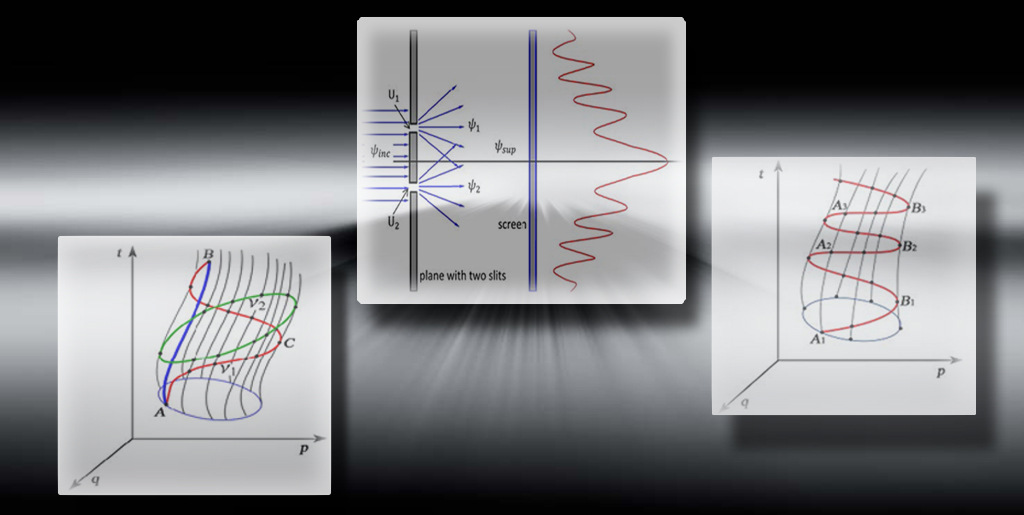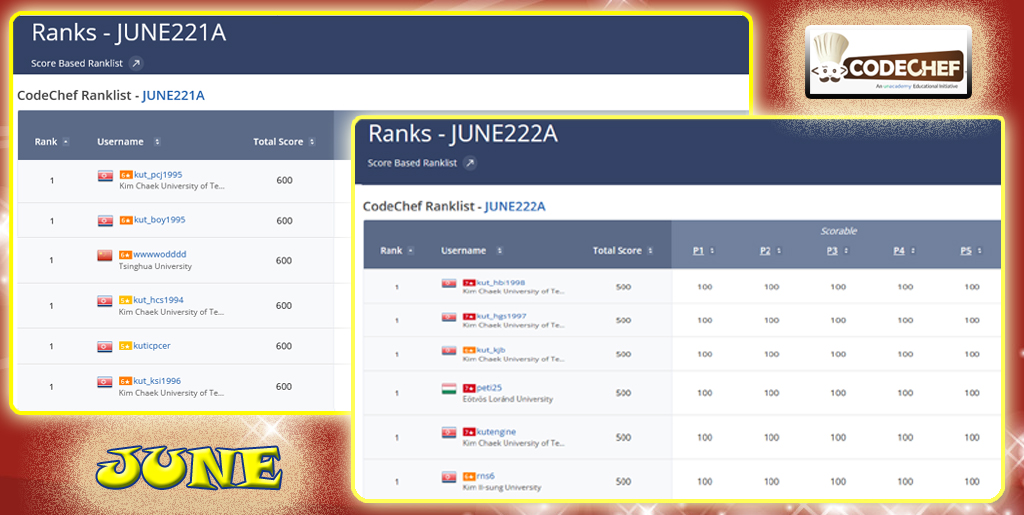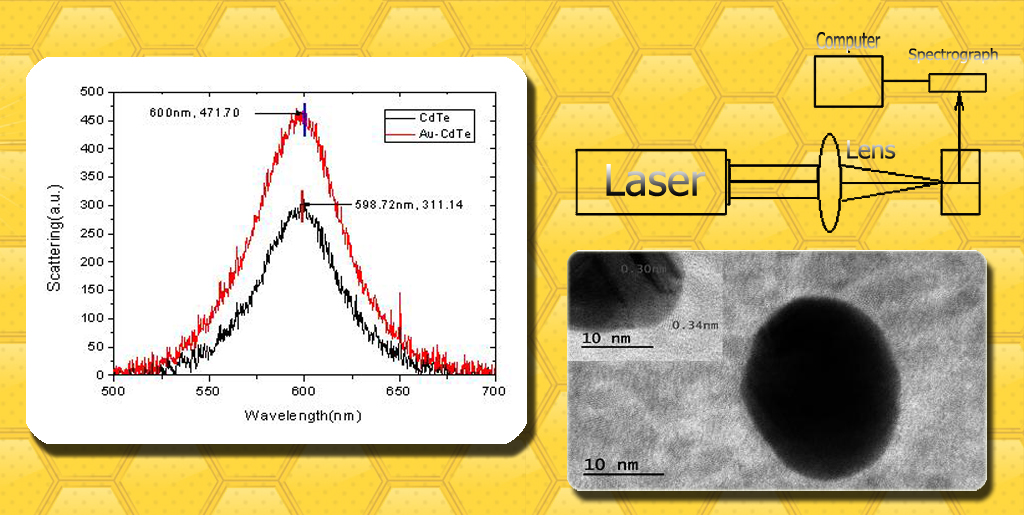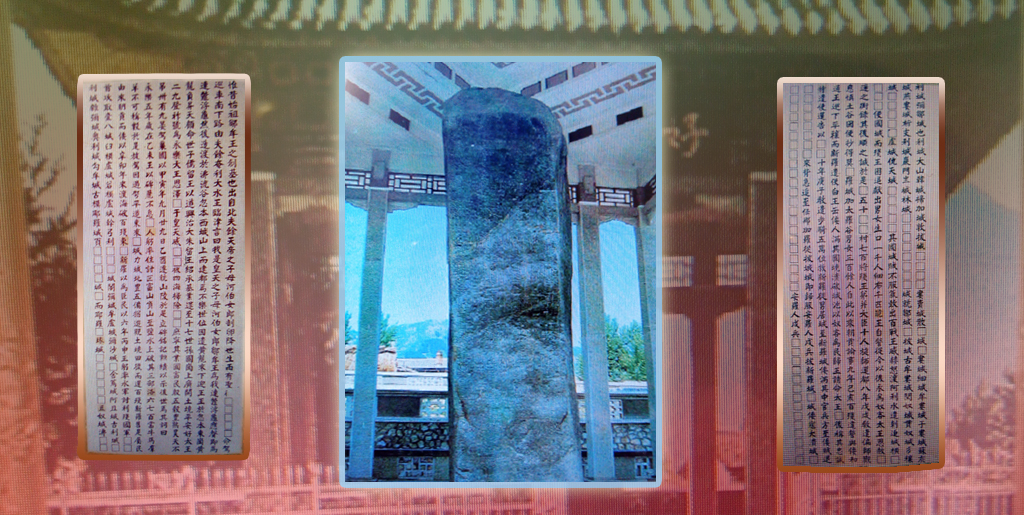
Jo Nov 4, 2023
“Chronicles of the Feudal Joson Dynasty” is a “government journal” where the 500-odd-year history of the feudal Joson dynasty from 1392 to 1910 is recorded in order of year, month and date classified by the kings.
It is in 1 763 volumes and over 900 books.
“Chronicles of the Feudal Joson Dynasty” is classified by the kings into “Thaejo Sillok” (Chronicles of Thaejo), “Jongjong Sillok” (Chronicles of Jongjong), “Thaejong Sillok” (Chronicles of Thaejong), “Sejong Sillok” (Chronicles of Sejong), etc.
With huge amount and rich contents that could hardly be found in the world, “Chronicles of the Feudal Joson Dynasty” is a precious treasure of our nation.
During the hard-fought Fatherland Liberation War decisive of the destiny of the country, President
Under the wise leadership of the great leaders possessed of ardent love for the nation, all the contents were translated into Korean, thus widely used these days for historical studies.
...
Jo Nov 2, 2023
Radiation is an important process of thermal transfer together with conduction and/or convection. Particularly, in high temperature conditions such as burning of pulverized coal, propellants of rockets and thermal plasma, it contributes significantly to overall thermal transfer. However, due to the integro-differential characteristic of a radiative transfer equation for mathematically explaining thermal radiation in absorbing, emitting and scattering media, its algebraic solution is in existence only for extremely limited geometries and conditions. Thus, numerical methods have mainly been utilized to study radiative thermal transfer. Moreover, the advance on performance of modern computers and the interest increased for understanding thermal radiation have promoted the development of numerical methods to solve the radiative transfer equation at a low cost.
Several numerical methods, such as Monte Carlo method, zonal method, discrete ordinates method, finite element method, etc. were applied to model radiative behavior.
The discrete ordinates method (DOM) is a numerical technique proposed first for analyzing radiative thermal transfer in a slab-parallel medium, which has several advantages: low dimensional approximation with sufficient accuracy, modest computational requirement, and applicability into complex geometry.
There were some attempts to use the lattice Boltzmann method (LBM) as a tool to solve the radiative transfer equation, which has developed into an alternative and promising numerical scheme for simulating fluid flows.
Kim Yong Jun, a researcher at the Faculty of Physics Engineering, has developed a discrete ordinate-lattice Boltzmann method (DO-LBM) by combining the advantages of DOM and LBM that can be utilized as a direct tool to solve the radiative transfer equation.
The discrete ordinates scheme is used for angular discretization and the lattice Boltzmann model is applied for spatial discretization.
Introducing Chapmann-Enskog method and dimensionless numbers, he analyzed accuracy of the DO-LBM and non-negativity of the equilibrium distribution function. He compared his method with numerical results by modified discrete ordinates method. The result showed that analyzing radiative transfer in geometry with complex boundaries lowers computational cost more than modified discrete ordinates method often found in literature.
...
Jo Nov 1, 2023
When a villager builds or moves into a new house, the whole village turns out to sincerely help them rejoicing over it as over their own. It has been our peoples’ fixed way of life from earlier ages.
On the day of moving into a new house, people in the neighbourhood regarded it as courtesy to help remove household goods or bring some kind of presents needed for housekeeping like a match or a gourd dipper, and the host would serve them with simple food in return.
This fine custom shows the good manners of our people, who have regarded being friendly with neighbours as moral norms of life and have kept to it traditionally.
...
Jo Oct 30, 2023
Displacement prediction of rock mass surrounding tunnels plays an important role in displacement back analysis for determining geotechnical parameters of rock mass and in-situ stress ratio, as well as safety monitoring and quality control for tunnel construction.
Han Un Chol, a researcher at the Science Engineering Institute, has presented a method to quickly predict the tunnel closure in time-dependent rock mass by using stable deformation rate for tunnels and the non-equidistance grey Verhulst model (NGVM).
Considering preceding studies, he determined the maximum stable deformation rate as 0.05 mm/d.
The proposed method was validated fairly through a case history for a new excavated drift of -600m level in an underground coal mine.
The result showed that NGVM seems to be a more powerful tool compared with non-equidistance grey model (NGM (1, 1)) for displacement prediction of tunnels in time-dependent rock mass.
...
Jo Oct 29, 2023
A research team led by Kim Ju Song, a researcher at the Faculty of Mining Engineering, has established the process of concentrating anthracite coal by a selective crusher with suspended rings (SCSR).
The main part of this process is the newly manufactured selective crusher with suspended rings.
Several rings and a gear roller are the main crushing parts of selective crushing device with suspended rings and the rings are suspended from a suspension beam.
The materials fed into the crusher through primary screening move towards the suspended rings by the action of the gear roller. Their movement is restricted by the rings and they are open to the impacts by the gear roller. Then, coal of low strength is crushed and rocks of high strength pass round along the suspended rings.
As a result, the coal in the crushed product is mostly distributed towards small particle size and the rock is distributed towards large ones.
The particle size of mined raw coal ranges from 0 to 400 mm and about 8% of it is larger than 150 mm.
As the selective crushing device can be applied to 25~150mm particles, a mass of particles larger than 150 mm is first sorted from the front part of the screening process, and a mass of particles smaller than 25 mm is sorted by a sieve installed on the front part of the selective crusher.
Because of its simple structure and low manufacturing cost, it is easy to make. It provides high stability of operation and it is affected little by moisture.
...
Jo Oct 27, 2023
A research team led by Cha Song Il, a section head at the Faculty of Shipbuilding and Ocean Engineering, has developed a course control system by turning electric propulsion and helm for arbitrarily controlling the course and turning radius of a ship.
The system consists of a propulsor, a reducer, a propulsion motor and a control board, a helm and a helm motor, and a helm control board so that the course of a ship can be controlled easily and arbitrarily in different situations and conditions.
A long ship has difficulty controlling its course and entry into and departure from a port on narrow and shallow waters.
The turning electric propulsor enables convenient entry into and departure from a port without recourse to a tow rope. The helm at the stern and the propeller at the bow guarantee safe navigation in complex waters and natural environments, thus reducing fuel consumption and navigation time.
They carried out speed control of a 17kW turning propulsion motor in conformity with its hydrodynamic characteristics to prevent overload and they changed the thrust according to the change in disturbance to raise the safety of a ship.
With such advantages, this system will find wide application to large cargo ships and passenger ships.
...
© 2021 Kim Chaek University of Technology





